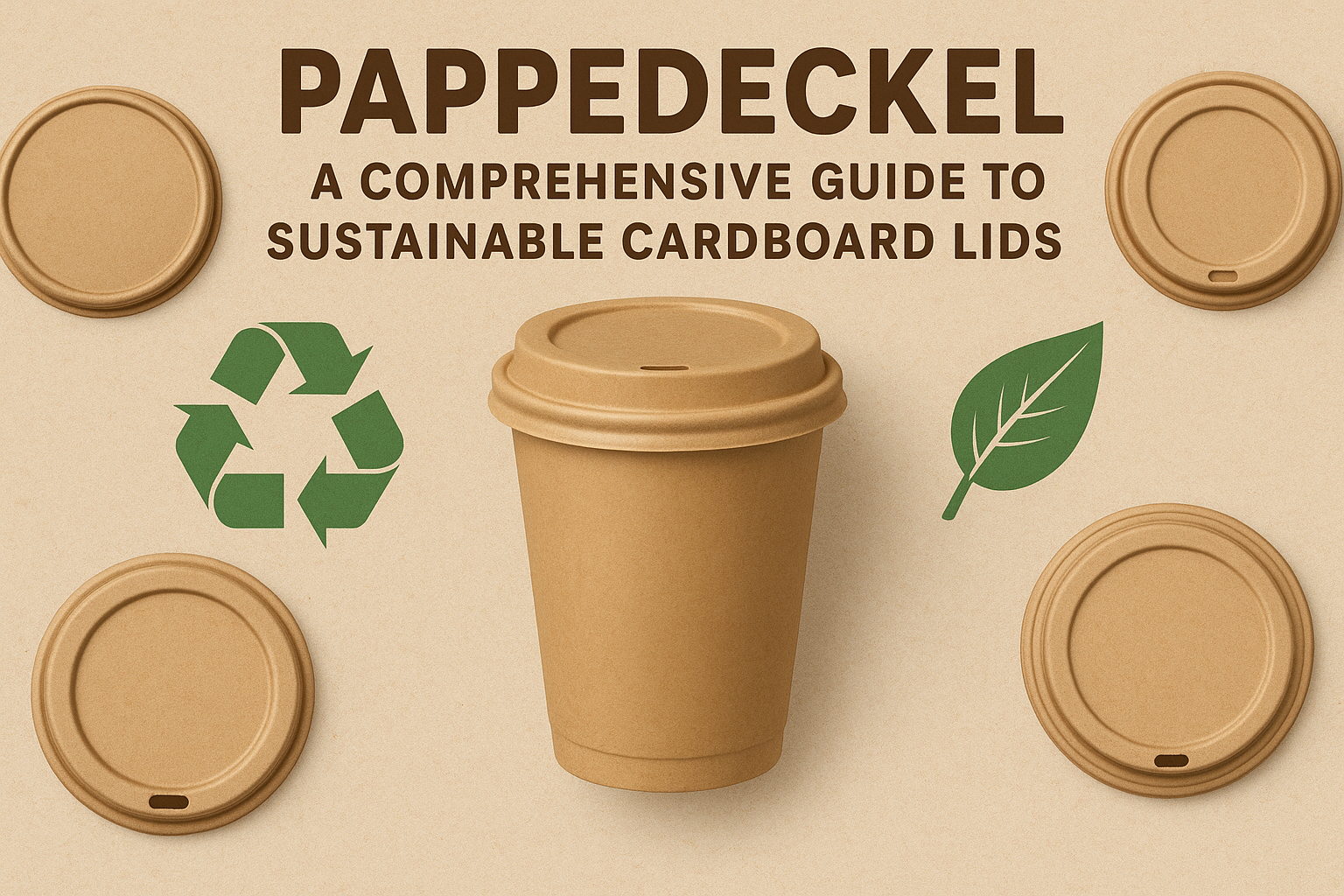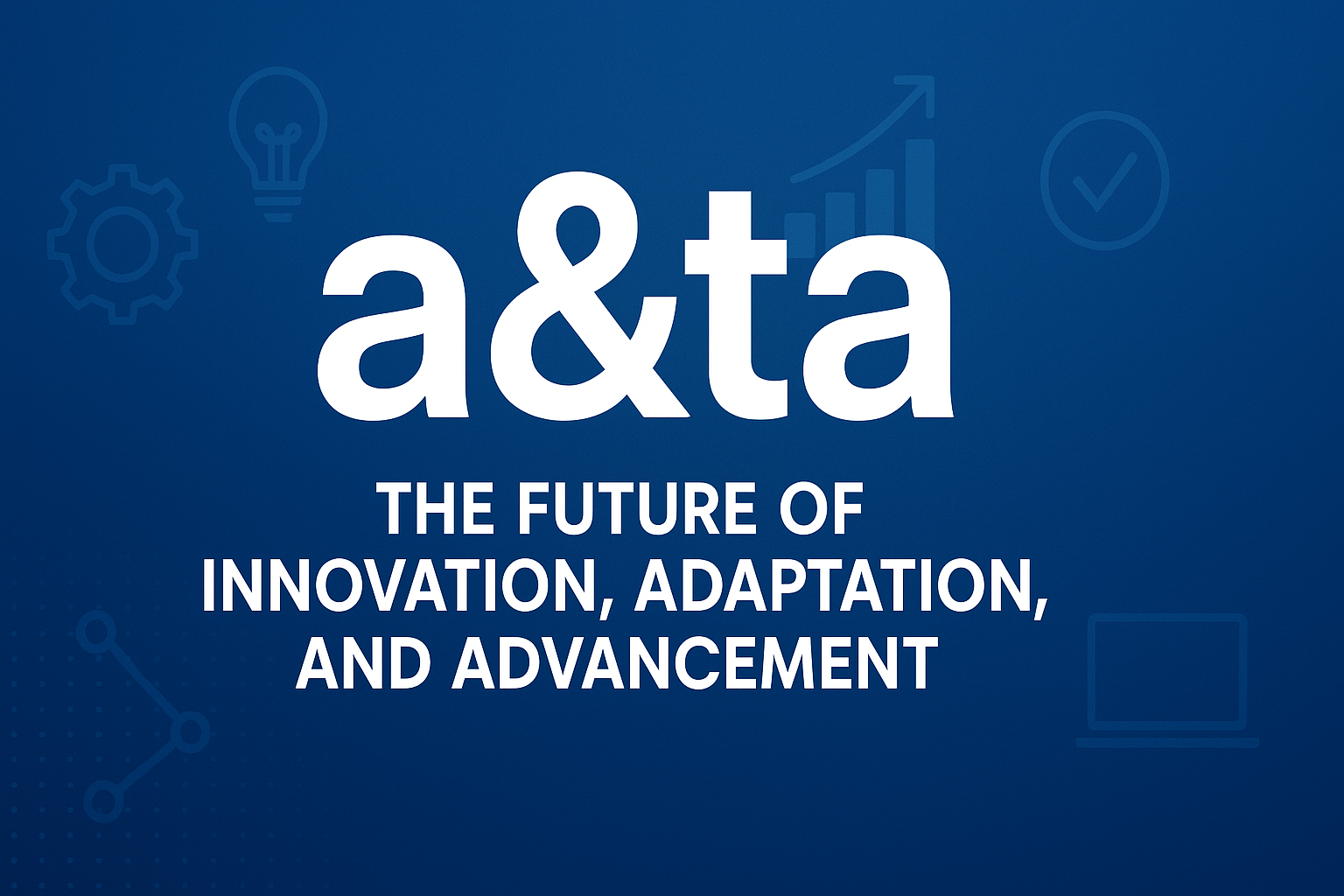The term pappedeckel has gained significant attention in recent years due to the rising global demand for eco-friendly packaging solutions. Derived from the German language, pappedeckel refers to a cardboard lid or cover, typically used for food and beverage containers. As sustainability becomes a top priority for both consumers and businesses, the adoption of biodegradable and recyclable materials like cardboard is revolutionizing packaging industries worldwide.
This article explores the origins, uses, environmental benefits, and future trends of pappedeckel, highlighting why it is becoming an essential component in modern packaging practices.
What is a Pappedeckel?
A pappedeckel is essentially a lid made from sturdy cardboard or paperboard designed to cover containers, cups, or boxes. It provides protection for food and drinks while maintaining sustainability. Unlike plastic alternatives that take hundreds of years to decompose, cardboard-based lids are biodegradable and often made from recycled materials, making them environmentally responsible choices.
Key Features of Pappedeckel
-
Made from recyclable cardboard or paperboard
-
Lightweight yet durable for various applications
-
Easy to customize for branding purposes
-
Compostable and environmentally friendly
Common Uses of Pappedeckel
The versatility of pappedeckel makes it an ideal choice for multiple industries. Its applications go beyond simple food packaging and have become an essential element of eco-conscious branding.
In the Food and Beverage Industry
One of the most common uses of pappedeckel is in the food and beverage sector. Coffee shops, bakeries, and fast-food chains increasingly use cardboard lids to cover drinks and meals, replacing plastic alternatives that harm the environment.
-
Coffee Cups – Many cafés now use pappedeckel to prevent spills and maintain drink temperature.
-
Takeaway Meals – Cardboard lids are lightweight, affordable, and easy to seal for takeaway boxes.
-
Desserts and Pastries – Bakeries use them to ensure freshness while maintaining eco-friendly standards.
In Storage and Packaging
Pappedeckel is also widely used for storage boxes and shipping containers. Its lightweight design reduces shipping costs, while its recyclability supports sustainable supply chain operations.
In Branding and Marketing
Businesses use pappedeckel not only for practical reasons but also for promotional opportunities. The surface can be printed with brand logos, product information, or artistic graphics, transforming a simple lid into an effective marketing tool.
Environmental Impact of Pappedeckel
One of the primary reasons pappedeckel has gained popularity is its positive impact on the environment. With growing concerns about plastic pollution, cardboard packaging offers a sustainable alternative.
Key Environmental Benefits
-
Biodegradable and Compostable – Unlike plastic lids, pappedeckel breaks down naturally and safely.
-
Recyclable Material – Cardboard can be recycled multiple times, reducing the need for new raw materials.
-
Lower Carbon Emissions – Producing cardboard packaging requires less energy compared to plastic manufacturing.
Contribution to Waste Reduction
As cities and nations work towards reducing landfill waste, the use of recyclable products like pappedeckel helps achieve zero-waste goals. Many eco-conscious brands are shifting completely to cardboard-based packaging, ensuring their products align with global sustainability targets.
Innovations and Future Trends in Pappedeckel Design
The packaging industry is constantly evolving, and pappedeckel is no exception. With the growing demand for sustainable solutions, companies are investing in research and innovation to improve cardboard lids’ durability, aesthetics, and functionality.
Current Innovations
-
Waterproof Coatings – New technologies allow pappedeckel to resist moisture without using harmful plastics.
-
Heat-Resistant Materials – Enhanced cardboard compositions make lids suitable for hot beverages.
-
Customizable Printing – Brands can now use eco-friendly inks to personalize lids without compromising recyclability.
Future Potential
Experts predict that pappedeckel will become a standard packaging solution across multiple industries within the next decade. Future designs may include smart packaging features, such as QR codes for sustainability information or interactive brand engagement.
Pappedeckel in Business Strategy
For businesses, adopting pappedeckel is more than just an environmental initiative—it is a powerful marketing and branding tool. Consumers are increasingly making purchasing decisions based on a brand’s commitment to sustainability, and companies using eco-friendly packaging often enjoy enhanced customer loyalty.
Why Brands are Switching to Pappedeckel
-
Eco-Friendly Image – Businesses that use sustainable packaging gain credibility among environmentally conscious customers.
-
Cost Efficiency – While initially slightly more expensive than plastic, cardboard lids can be mass-produced at competitive rates.
-
Regulatory Compliance – Many regions are introducing laws that restrict single-use plastics, making pappedeckel a legal necessity.
Challenges in Adopting Pappedeckel
While the benefits are clear, businesses face certain challenges when integrating pappedeckel into their packaging strategy. These include ensuring lids are durable enough for liquids, improving resistance to heat and moisture, and balancing sustainability with cost-effectiveness. However, with advancements in material science, these issues are rapidly being addressed.
Read also: a&ta: The Future of Innovation, Adaptation, and Advancement
Conclusion – Why Pappedeckel is the Future of Packaging
The rise of pappedeckel signifies a global shift toward sustainable living and responsible packaging practices. It not only helps reduce environmental damage but also aligns with consumer preferences for eco-conscious products. With continued innovation and widespread adoption, cardboard lids are set to become a key player in the future of sustainable packaging.
Businesses, governments, and individuals alike must recognize the potential of pappedeckel in shaping a greener, more responsible world. As awareness grows, this simple yet powerful packaging solution will continue to play a vital role in building a sustainable future.


